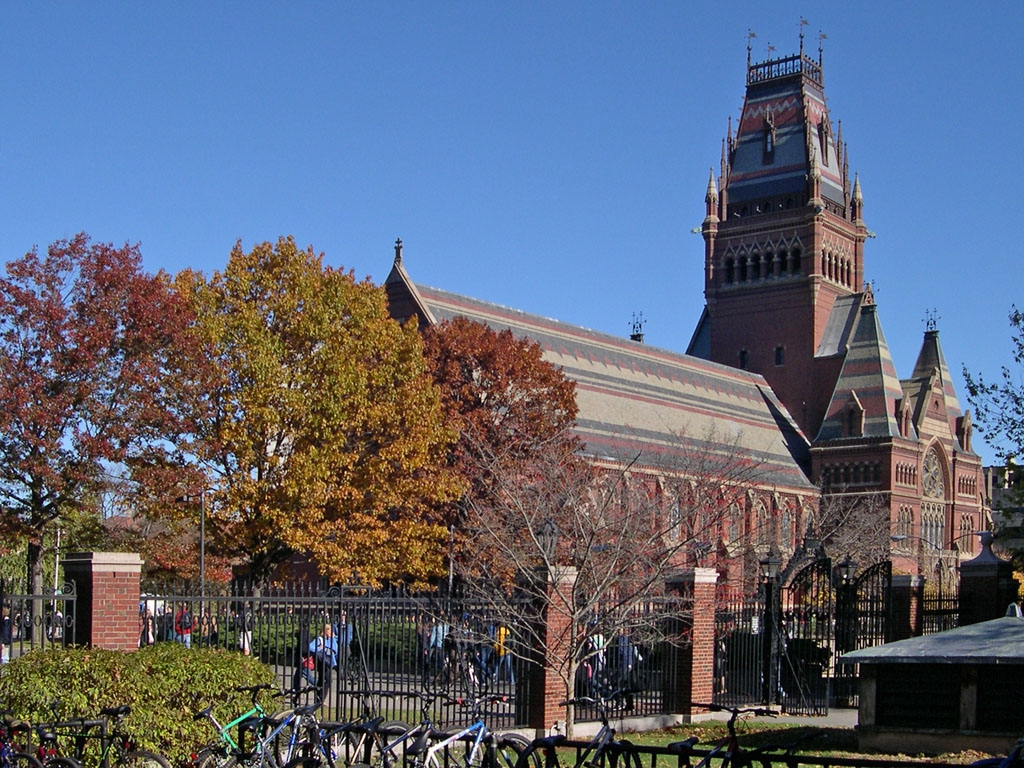John Quincy Adams Biography
6th President of the United States
Years Served as President: 1825-1829
Vice President: John Caldwell Calhoun
Party: Democratic-Republican
Age at Inauguration: 57
Home State: Massachusetts
Date of Birth: July 11, 1767
Died: February 23, 1848
Married: Louisa Catherine Johnson
Children: George, John, Charles
Nickname: Old Man Eloquent
What is John Quincy Adams known for?
John Quincy Adams was the son of Founding Father John Adams, the second president of the United States.

He is known for having an extensive political career both before and after his presidency.
John Quincy was originally considered a Federalist. The Federalists wanted a strong federal government. However, he voted against the rest of his party on several issues and eventually left the party.
He grew to hate party politics.
Early Life
John Quincy Adams was born in Braintree, Massachusetts in 1767. He was the second child and first son of John and Abigail Adams. He had two brothers and a sister.
He grew up during the American Revolution. When he was 10, he even watched the Battle of Bunker Hill with his mother from a hilltop near the family farm.

As a 10-year-old, he also traveled with his father on a diplomatic mission to France. He eventually studied at European universities and became fluent in seven languages.
After returning to Massachusetts, John Quincy graduated from Harvard College. He became a lawyer in Boston.

Political Career
In 1794, George Washington appointed John Quincy Adams as the minister to the Netherlands.
When John Quincy’s father became president, he made John Quincy the minister to Prussia (Germany).
John Quincy returned to Boston in 1801 and was elected to the Massachusetts State Senate. In 1803, the state legislature chose him to serve in the United States Senate.
In 1808, John Quincy resigned from the Senate and became a Harvard professor. Just a year later, Thomas Jefferson appointed him as the U.S. ambassador to Russia.
He later went to Belgium to negotiate the Treaty of Ghent, which ended the War of 1812 between the United States and Britain. He then became the U.S. minister to Great Britain.
In 1817, he became the Secretary of State under James Monroe. He is considered one of the greatest Secretaries of State in the history of the United States.

He helped negotiate the purchase of Florida from Spain and was the main author of the Monroe Doctrine.
The Monroe Doctrine declared that the U.S. would see British colonization in North or South America as an act of war, and it was a defining moment in U.S. foreign policy.
In 1824, he ran for the presidency and won.
The Election
John Quincy’s presidential election was unique. Five candidates ran, including two other members of Monroe’s cabinet and the war hero Andrew Jackson.
For the first time in U.S. history, no presidential candidate received the required majority of electoral votes. The election had to be decided by the House of Representatives.
At this point, the election became a bit controversial. Henry Clay, the speaker of the House, had been one of the five men running for president. But he decided to support John Quincy.
When John Quincy became president, he appointed Clay as the Secretary of State. Andrew Jackson and his supporters called this “a corrupt bargain,” and Andrew Jackson even resigned from the Senate.
Andrew Jackson later ran against John Quincy again, and this time he won.

Family Life
In 1796, before leaving for Prussia, John Quincy had married Louisa Catherine Johnson. He met and married Louisa in London. She was the daughter of the American consul there.
ccording to most historians, the couple did not have a happy marriage.
They had three sons: George, John, and Charles. They also had a daughter who died as an infant, and two of their three sons died as young adults.
Presidency
Throughout his presidency, John Quincy faced opposition and hostility from Andrew Jackson’s supporters in Congress. This made it difficult for him to accomplish much during his time as president.
He proposed federal funding for a national university and an interstate system of roads and canals, but many argued that this was an abuse of federal power.
John Quincy also attempted to provide Native Americans with territory in the West, but Congress did not support this idea either.
The Erie Canal was completed during John Quincy’s presidency. It linked the Great Lakes to the East coast and allowed products like grain, whiskey, and vegetables to reach the eastern United States.
When he ran for reelection in 1828, John Quincy lost badly to Andrew Jackson.

After the Presidency
In 1830, John Quincy Adams was elected to the House of Representatives. He was a leading congressman for the rest of his life.
In Congress, John Quincy earned the nickname “Old Man Eloquent” for his strong arguments against slavery, his passionate support of freedom, and his cultured education.
He also predicted that if a Civil War broke out, the president could use his war power to end slavery. This happened with Abraham Lincoln and the Emancipation Proclamation in 1863.
Before his death, John Quincy Adams suffered two strokes. The second occurred in 1848 while he was at the House of Representatives.
He died nearby in the Capitol Building at the age of 80.
Fun Facts About John Quincy Adams
Because John Quincy Adams held so many political positions, he worked in some capacity under each of the five presidents who came before him.
John Quincy was the first president who was the son of a previous president. The only other father-son presidents in U.S. history are George H.W. Bush and his son George W. Bush.
When John Quincy lost to Andrew Jackson, he became only the second president to fail to win re-election. The first had been his father, John Adams.
John Quincy refused to attend Andrew Jackson’s inauguration. He is one of only three presidents in history not to attend the inauguration of his successor.
John Adams and John Quincy Adams both spent time as the U.S. minister to Great Britain. During the Civil War, John Quincy’s son Charles Francis Adams also served as the minister to Britain.
In a 2008 study, a fitness chain declared that John Quincy Adams was the fittest U.S. president in history. He walked three miles a day and went for swims in the Potomac River.














